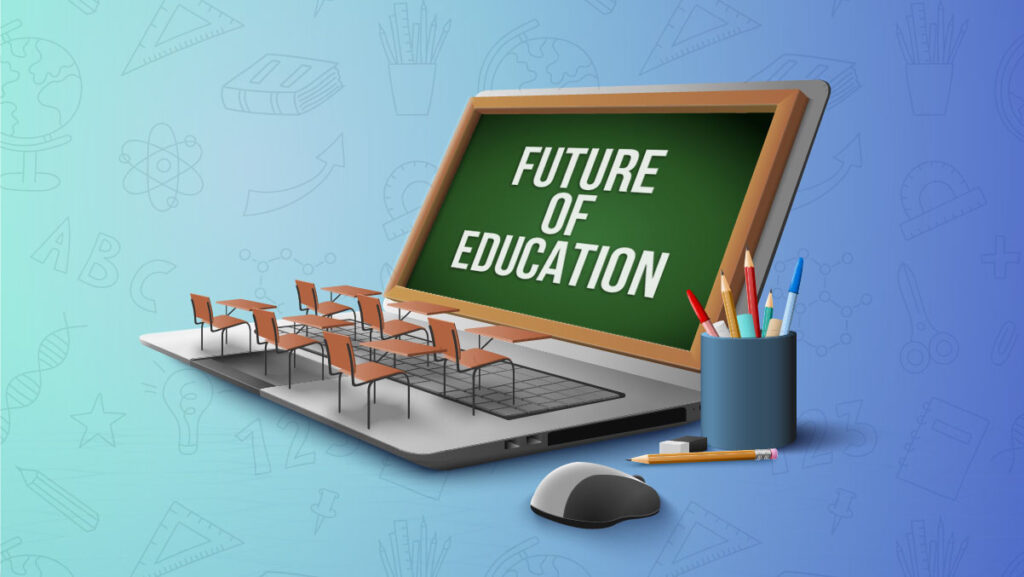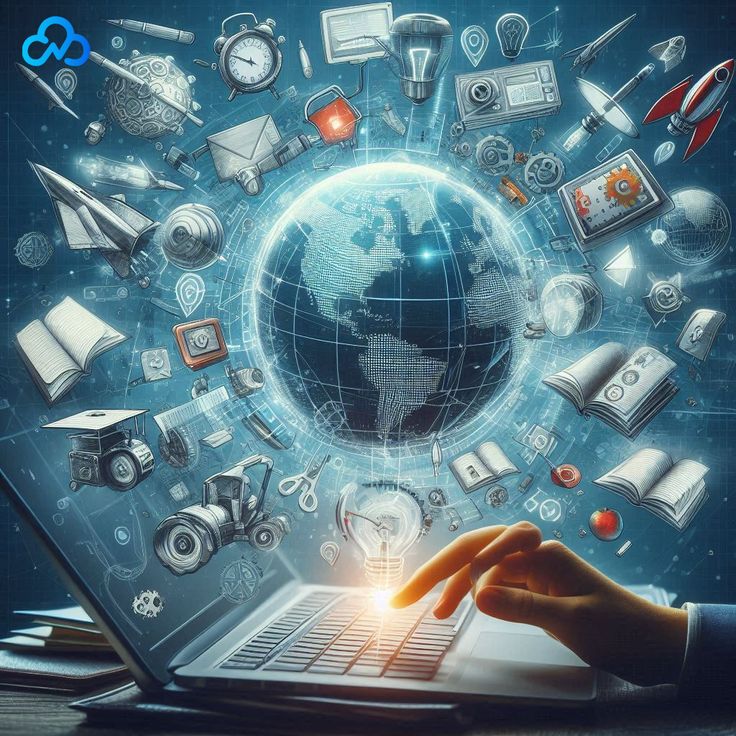The Future of Education: How Technology is Transforming Learning

The landscape of education is undergoing a seismic shift, driven by the rapid advancement of technology. From virtual classrooms to personalized learning algorithms, the way we acquire knowledge and skills is being fundamentally transformed. As we look towards the future, it is clear that technology will continue to play a pivotal role in shaping the educational experiences of learners worldwide. This blog explores the key technological innovations that are redefining education and their potential to create a more engaging, inclusive, and effective learning environment.
The Rise of Virtual and Augmented Reality
Virtual Reality (VR) and Augmented Reality (AR) are revolutionizing the way students interact with educational content. These immersive technologies provide learners with hands-on experiences that were previously unimaginable. For example, a history class can take students on a virtual tour of ancient Rome, while biology students can explore the human body in 3D. By making learning more interactive and engaging, VR and AR help students retain information better and foster a deeper understanding of complex subjects.
Artificial Intelligence and Personalized Learning
Artificial Intelligence (AI) is at the forefront of creating personalized learning experiences. AI-driven platforms can analyse a student’s learning habits, strengths, and weaknesses to tailor educational content specifically to their needs. This personalized approach ensures that students receive the support they need to succeed, whether it’s through additional practice in areas where they struggle or more advanced material in subjects where they excel. Furthermore, AI can provide real-time feedback, enabling educators to adjust their teaching strategies on the fly.
Online Learning Platforms and Accessibility
The proliferation of online learning platforms has made education more accessible than ever before. Websites like Coursera, Khan Academy, and edX offer courses from top universities and institutions around the world, often for free or at a fraction of the cost of traditional education. This democratization of knowledge means that anyone with an internet connection can access high-quality education, breaking down geographical and financial barriers.
Gamification and Engagement
Gamification—the application of game-design elements in educational contexts—has proven to be a powerful tool for increasing student engagement. By incorporating points, badges, leaderboards, and other game-like features into learning activities, educators can make learning more enjoyable and motivate students to achieve their goals. Studies have shown that gamification can improve motivation, enhance cognitive abilities, and foster a competitive yet collaborative learning environment.
The Role of Big Data and Learning Analytics
Big Data and learning analytics are transforming the way educators understand and improve the learning process. By analyzing vast amounts of data on student performance, educators can identify trends and patterns that inform their teaching strategies. This data-driven approach allows for more targeted interventions, helping to address issues such as dropout rates and learning gaps. Additionally, predictive analytics can help institutions anticipate and address potential challenges before they become significant problems.
The Future Classroom: Blended Learning and Beyond
The future classroom is likely to be a blend of traditional and digital learning methods. Blended learning combines face-to-face instruction with online activities, offering a more flexible and comprehensive educational experience. This hybrid approach allows students to benefit from the best of both worlds—personal interaction with teachers and the convenience of digital resources. Moreover, the use of technology in classrooms can facilitate collaboration among students through digital tools and platforms, promoting teamwork and communication skills.
Challenges and Considerations
While the integration of technology in education holds great promise, it also presents several challenges. Ensuring equitable access to technological resources is a major concern, as is addressing the digital divide between different socioeconomic groups. Additionally, educators need adequate training to effectively incorporate technology into their teaching practices. There are also concerns about data privacy and the ethical use of AI in education, which must be carefully navigated.
Conclusion
The future of education is undeniably intertwined with technological innovation. As we continue to explore and integrate these advancements, it is essential to keep the focus on enhancing the learning experience and ensuring that all students have the opportunity to benefit from these developments. By embracing technology, we can create a more dynamic, inclusive, and effective educational landscape that prepares learners for the challenges and opportunities of the 21st century.






Responses